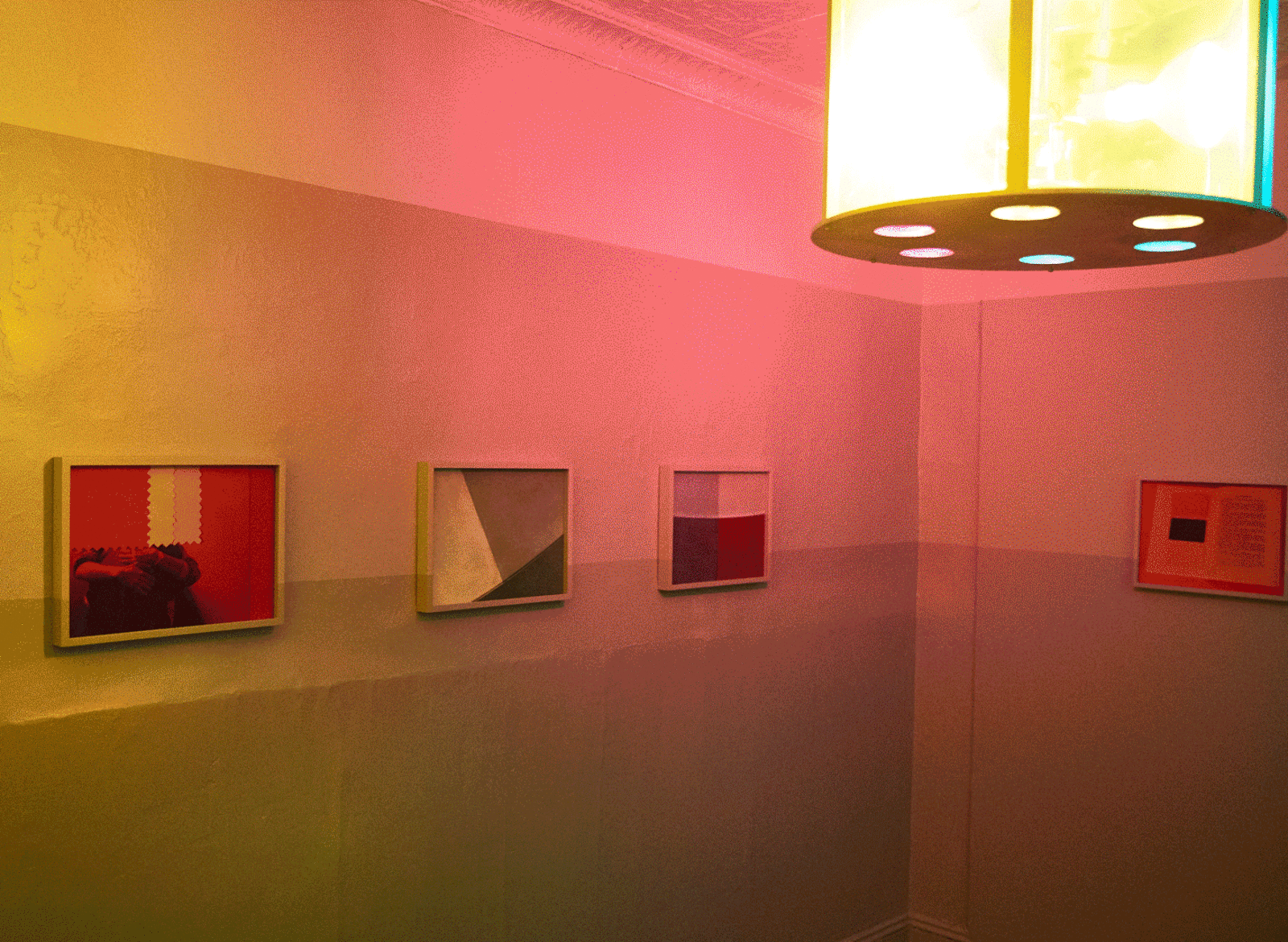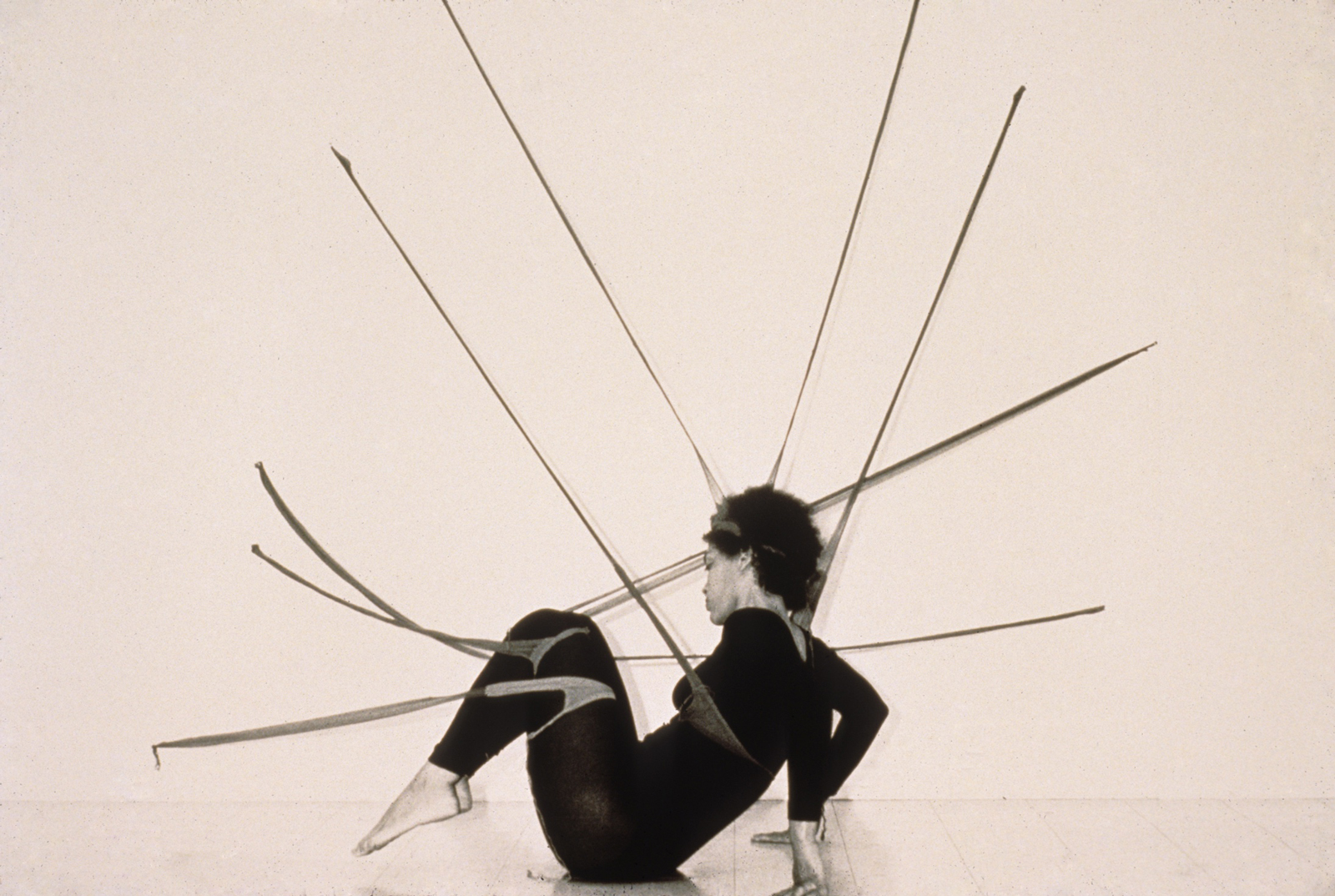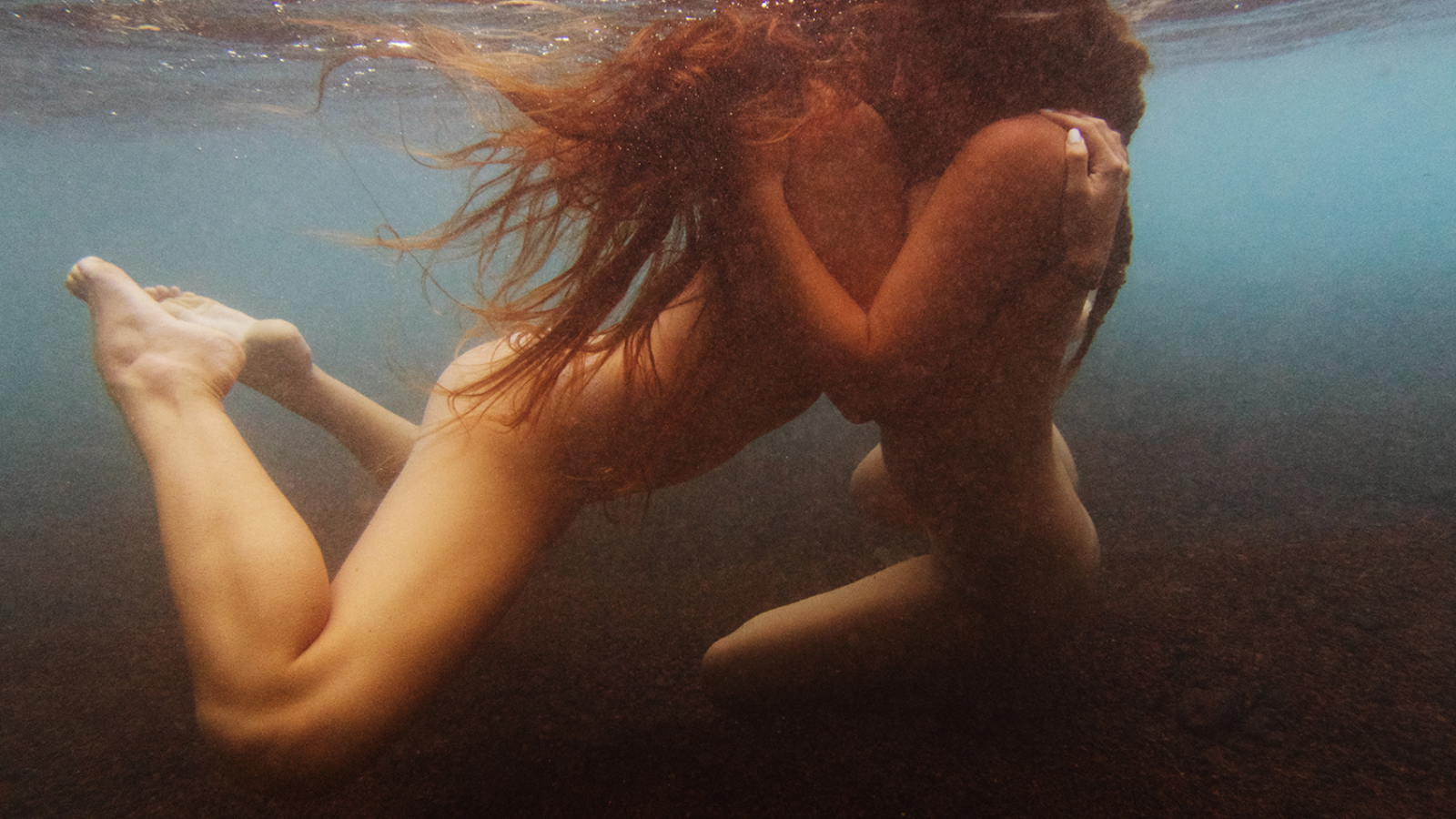Interview: Hisham Akira Bharoocha
Photo: Kat Slootsky
You may be familiar with Becca Albee from her band Excuse 17, the formative ‘90s punk band often associated with riot grrrl scene. And you may also know her for her more recent work as an artist. Hisham Akira Bharoocha is similarly a musician who has branched out into the arts, playing solo as Soft Circle and with Kill Alters, and creating art as both a photographer and collage artist among other things. (He is also a noted Ravelin contributor). Given the wide overlap in their backgrounds, they made the perfect pair to discuss Albee’s latest show Prismitaria at Situations.
As Albee explains in the interview, the show dates all the way back to textbooks from a course in feminist health that she took at Evergreen College in 1993. She also explains how the show draws on a WPA-era mural in San Francisco called Prismatarium by Hilaire Hiler.
In the course of discussing the latest show, Albee and Bharoocha also reminisce about life on tour, family, the current political climate and how to navigate it. Read on for the full conversation!
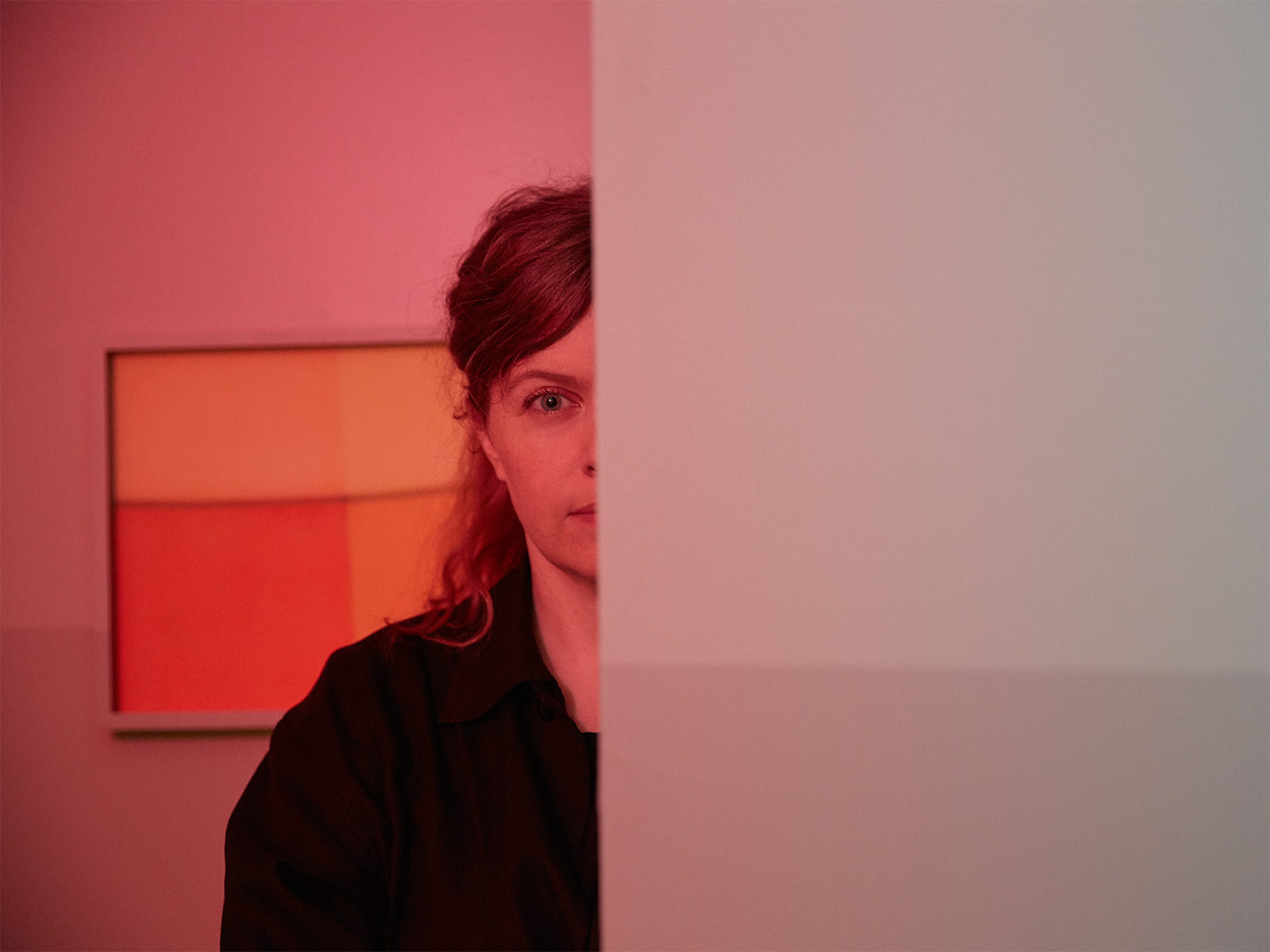
HB: I think Jackie asked us to do this because we maybe have somewhat of a similar background in doing music and visual arts. As a college kid, I saw Excuse 17 play in Providence.
BA: You were at that show?
HB: Yes, I was definitely at that show. I remember getting all the paper stickers and stuff that you guys had back then.
BA: Yes, that’s hilarious because we stayed with Bjorn Copeland and David Donahue that night.
HB: No way. Wow. [laughter]
BA: Something happened with where we were supposed to stay.
HB: Classic tour stuff.
BA: Yes. It turned out we didn’t feel comfortable staying with the guys we were supposed to stay with so Bjorn and David said, “Oh, you can stay with us in our dorms,” but as always, it was not that easy. I remember it well.
HB: I really liked it so I remember what it looked like. The color of the lighting.
HB: When I came here I was going to every show and starting to hear more about Indie rock. I went to RISD specifically because I wanted to play music and experiment with different mediums. I moved directly from Japan because I lived in Tokyo during junior high and high school. Getting to see bands for 10 bucks was mind-blowing because in Japan seeing a foreign band was about $30 minimum. Unless you were seeing local bands which were much cheaper, like $10.
BA: I also went to any show I could when I moved to Olympia. Anyway, can’t believe you were at that show.
HB: Yes, that band ruled. It seems like we’re pretty close in age and we were all just getting into the same thing. Also, I had been going to school on the East Coast at RISD and of course, being a fan of all the stuff coming out of Olympia, I’m thinking about what everybody was doing politically in the North West back then. I remember starting to play shows in that region and then meeting some of those people when we were there for those shows, How exciting that was. That was a trip. How do you end up segueing into doing more fine arts stuff?
BA: Music was so dominant in Olympia. I had been making visual art before playing music. At Evergreen there are no majors but I made sure to have visual art as a part of my curriculum. Outside of school, I first showed my work in a show that Kathleen (Hanna) organized called 3D Freak Volcano. Around that time, I started seeking out more opportunities to make and show my visual art.
HB: Did you go to grad school quickly after?
BA: I went to the University of North Carolina at Chapel Hill in 1998 where my friend Tammy Rae Carland had just gotten a teaching job. I never even thought I could go to grad school because you don’t really have transcripts from Evergreen that are like normal transcripts. She had just gotten that job and encouraged me to apply. My mom grew up in North Carolina, so it was a part of my childhood but also somewhat mysterious.
HB: How did that feel coming from Olympia where it seemed you had a pretty big community of creatives around you? There was this feminist thing happening there and then how did it feel when you transitioned to living in Chapel Hill?
BA: Even though I moved across the country there was already this community of friends in Durham that I knew through music. Tammy Rae lived there with Kaia Wilson and they ran this record label, Mr. Lady and there was this great queer feminist scene in Durham. Also my first semester there was a visiting artist, Robert Blanchon who had a profound influence on me. I loved his work and working with him. I was just so happy to have a studio and make art.
HB: I was thinking about this and what do you think about the aspects of feminism that you’ve learned while you were a young adult in Olympia? How do you think elements of that still prevail in your life and maybe your viewpoint on feminism? I can imagine that it changed vastly based on the realities of the world. How feminism then and the things that stuck with you, how those things have influenced your work in different ways?
BA: For this show I photographed the textbooks I kept from a feminist health course I took at Evergreen in 1993. I am looking at these materials again not only because it was such a critical moment in my education but also because some of them are much more radical than what is prevalent now. At that time there was both an urgency and an optimism, and this course served as a space for activism within my formal education. But I am not interested in idealizing that moment or material, because there is also a need for revision and improving. While looking at these materials I am thinking about what can be brought to the present and then what also should be left behind.
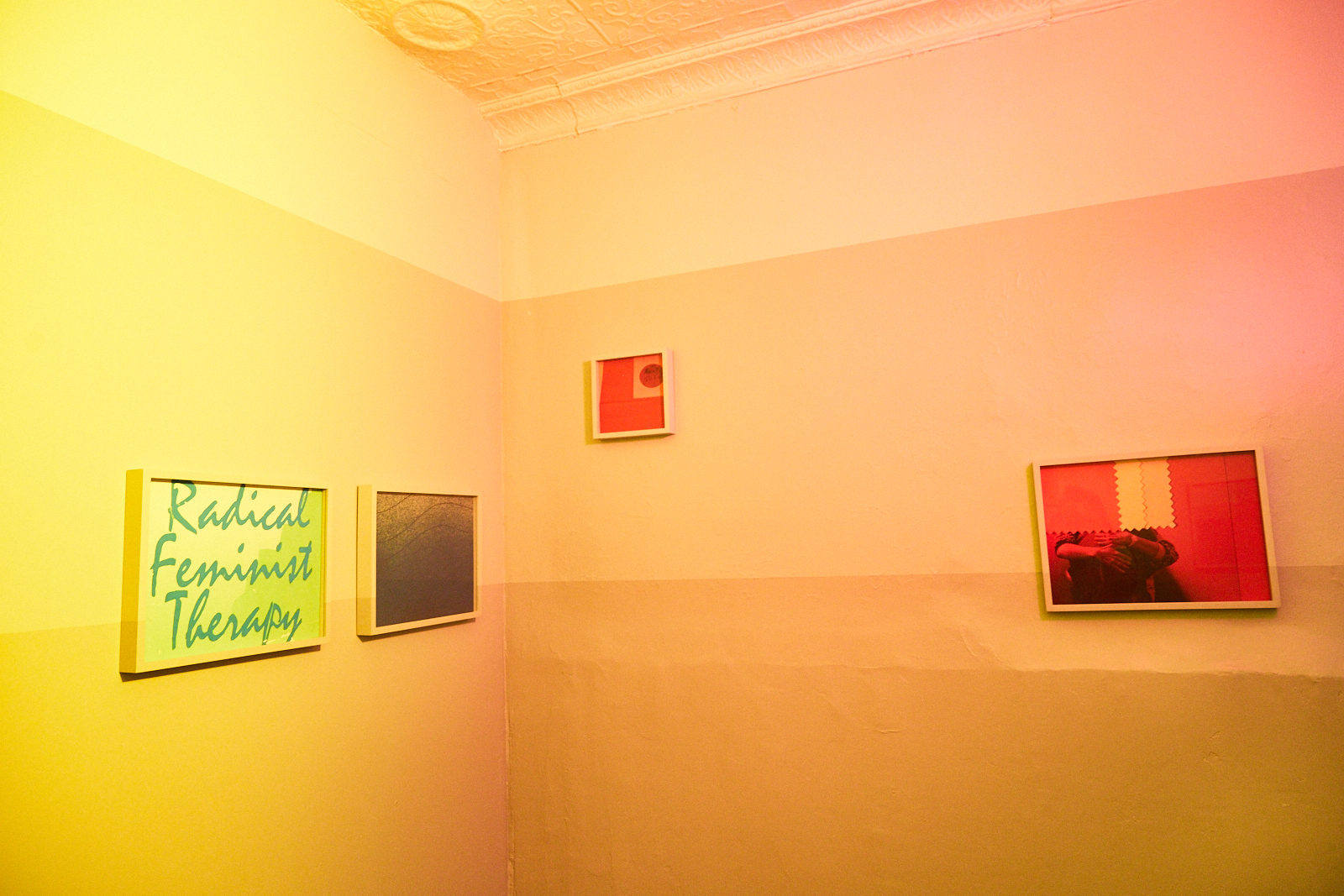
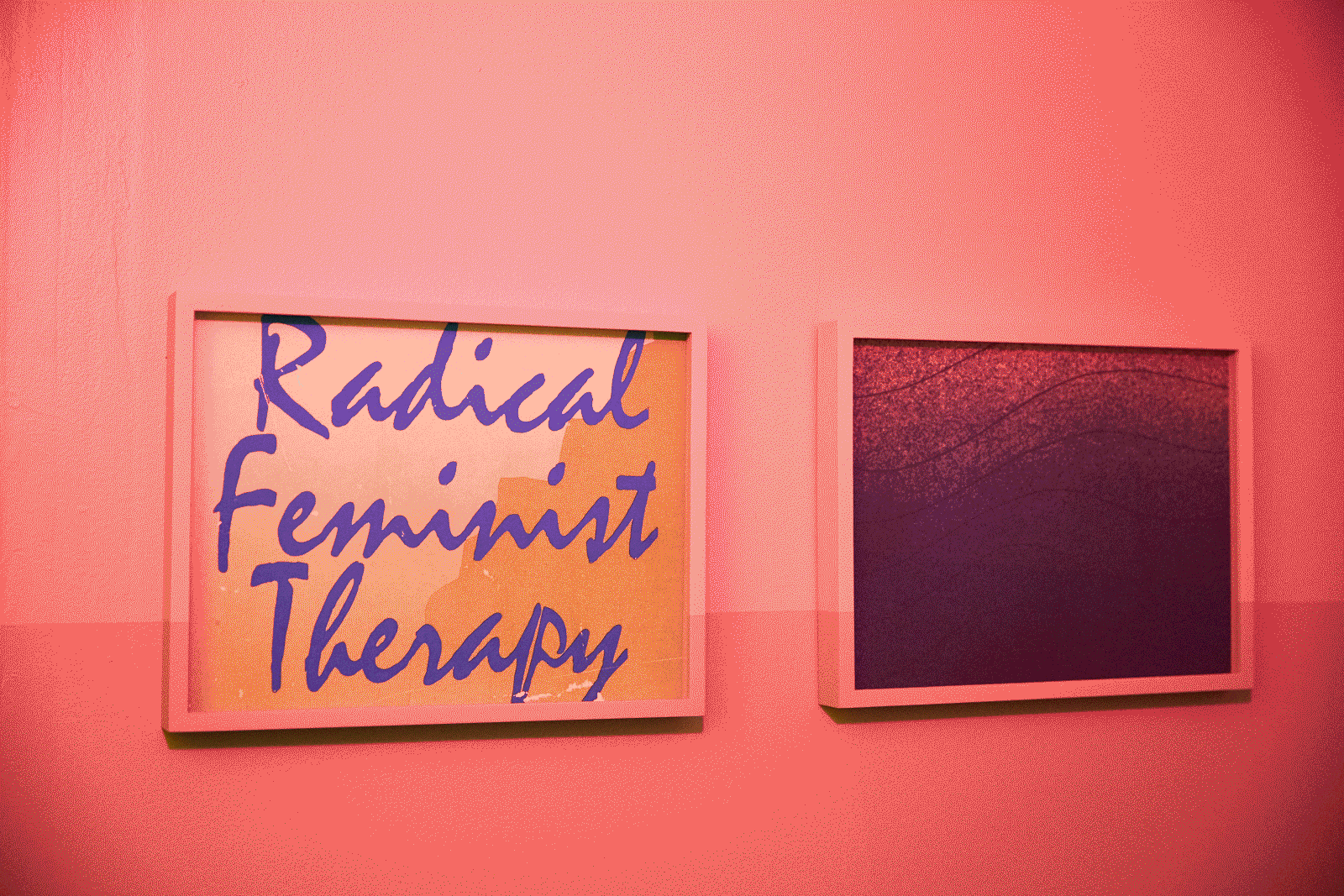
HB: Right, it seems like there’s photography based stuff. How did you get into making work that was more in the realm of conceptual work? I mean, there are images but they’re not the traditional photographic images. How did you get into that kind of work or were you always into that type of creation?
BA: Playing music. And Tammy Rae and Robert. But also my aunt is a poet and she introduced me to feminist art when I was a teenager. She gave me a catalog to an exhibition that she was involved with in South Carolina. That catalog served as an amazing index of women artists. And when I was 17, I went to my first art opening which was a John Cage and Doris Cross exhibition.
HB: Where was that?
BA: In Santa Fe, New Mexico. I thought he had performed at the opening as well, but when I recently found the invitation someone else had performed his piece apparently. The show and performance opened up something for me. I went back to high school in Maine and I checked out Silence from my high school library and never returned it. I still have it.
HB: Right, that’s very early in your life to see that kind of work.
BA: Yes. I got this amazing early exposure to thinking about how to make images in a different way. I also went to a Henri Cartier-Bresson opening that same night.
HB: Really in Santa Fe? So opposite. [laughs]
BA: Yes, completely.
HB: That’s really interesting to hear about. Actually, that’s maybe more fascinating, stories people have of when they experienced or interacted with art or music or whatever early on in their lives that they remember so vividly. That experience does end up influencing how you’re going to create because you are moved by it in a– For whatever reason, it really speaks to you. You don’t know why at that time.
BA: No.
HB: And that’s so beautiful.
BA: How memory works too; how I remembered it, is different than I’m sure then how it was.
HB: Right, that’s true. I was thinking about, what kind of people can understand conceptual art? I was wondering if you had any thoughts about the audience that you’re trying to speak to. Because it does become somewhat limited. I felt like even with anything anybody does in the creative field, if you don’t know the language that is being spoken, then it will fall on deaf ears or just won’t be understood. What do you think about that with your work in terms of who you’re trying to speak to?
BA: Research and narrative are a part of my work and for each project, I have to determine how much I put into the project itself or leave out. Or create supplementary materials that can serve as another way to access the work. In LA the press release was in the form of an interview. For the show in San Francisco, we made a poster that included a text by Jeanne Gerrity, the curator of the show. For this show, I made a zine with Marte Eknæs containing the titles of all of the books assigned in that feminist health course, some of which I photographed for the show.
HB: Yes, it’s great to create things that are somewhat challenging sometimes just because that’s what you do, I’m not saying that this is like–As you said, there are elements that one will get intrigued by easily, but then there are parts where you’re trying to understand what is going on, what the conversation is here. But then I love the idea of people who don’t understand, haven’t been educated in certain art conversations; what they think about it when they come into it. Oftentimes people notice things. I do a lot of mural painting and I was doing one in this Cancer Treatment Center. There are always patients watching, one of them, it was not the patient, I think it was the patient’s partner. He was like, “There are only two things that are the same in this image. It’s just these two lines” and he pointed at those two lines. I was like, “You notice that?” He’s like, “Yes, my job is to notice things, ” then I wanted to know more but then he was done, what do you do?
BA: [laughs] I know, “What is the job where you notice things?”
HB: Yes, it’s just fascinating because you don’t really think about it when you’re in a space creating the work or installing it. I often tune things out so I can concentrate and I’m just hoping that my ideas are rather clear and inspire the viewer in whatever way possible while they are in that space experiencing the work. I’m sure you have tons of conversations wherever you go where somebody comes in and says “I didn’t know I was walking into this, but I’m really fascinated.” They talk to you about it. Those conversations are pretty important, exciting.
BA: Yes, I want to know what that person whose job is to notice things. [laughs]
HB: I know right, I was like, “Are you a–” I was thinking I would have another
a chance to ask, then he was gone by the time I caught him out of the side of my eye leaving the center, but we have another opening for it, so maybe.
BA: Where’s that?
HB: It’s downtown, Brooklyn so it’s really close to Barclays Center. My dad passed to cancer, so it felt like a full circle thing, but also I’m going to become a dad in December. I was fully thinking about life’s cycles, just watching everybody come in and out. It was an important thing for me to do. Funny how things– Life has its weird timing with everything.
BA: Yes, also I can imagine what an interesting context that would be to make the work while it’s being actively used.
HB: Yes, completely. It’s pretty cool because a friend of mine, this painter Jay Davis curates all the art in the Memorial Sloan Kettering hospitals and centers, he’s trying to bring in more contemporary work that’s not just decorative. People are interested because people haven’t become idiots because they fell ill, that is a crazy thinking, and they don’t need to see just a pretty picture that’s going to make them– I actually have negative memories, memories of seeing those types of images, I’m like, I don’t want to see a curtain blowing in the wind painted in pastels. It’s darker in a way.
BA: [laughs] Hospital art can be really bleak and you spend so much time in those rooms, so it’s you’re like living with these things that you didn’t choose to see.
HB: Yes, exactly. It’s an interesting concept.
BA: It’s a mural?
HB: Yes, it’s a 28x28x11 foot mural. I also made a 10-hour mix of sound that goes with the piece. I didn’t want to be too boring and repetitive for people who work there, but it’s a lot of subtle things based on what I feel make me feel calm in those situations. I wanted it to be something that people will think about, so there’s definitely somewhat forced ideas in there with the sounds, but it would be a good conversation piece if anything.
BA: Yes, I’m impressed that there’s sound too in that environment.
HB: Yes, it has to be played at low volume, but I’m fine with that. I mixed it a certain way on purpose so it’s supposed to be background music, but it’s definitely influenced by Brian Eno, he’s working in hospitals and stuff and I thought that was so amazing that he was doing that.
I was thinking about also how it must be inspiring and also what the process of being a professor is, and how that might influence your work sometimes.
BA: Yes, I teach at The City College of New York (CUNY), and that is a part of my life for sure. I was on sabbatical for the past year and with all that happened last year, I missed being in the classroom. I just started back in September.
HB: Right, I bet it would have been therapeutic to actually feel some.
BA: When I was working on the show in January it was around the inauguration and march and also my mom had just been diagnosed with cancer. I was working with these feminist health materials and researching the closing of feminist health clinics and thinking about the current threat to healthcare. And what has happened within the seven months since the show in San Francisco took place.
HB: Right, it’s such a crazy time, it’s unbelievable. I was also going to ask you a general question about being a woman in a time like this. If men are cringing and feeling messed up about how everything is going down, how can women feel in this environment? It just seems so crazy, what the government is trying to do. I think people are just in such shock, that you don’t even know what to do about it, but how are you dealing with it in the immediate moment?
BA: I am asking, “What resources do I have, and what can I do today?” But it’s also figuring out how to not get fatigued while doing everything that you possibly can.
HB: Yes, right that’s all we can do. The fatigue is real. I feel like I’ve seen more performative feminist art inspired by the issues at hand post-election. It’s incredible that it’s coming out and that it’s growing, morphing as we speak. As you said, it’s easy to feel defeated and feel like there’s no space for something that seems like a luxury, but also as an artist, if you grew up doing it and you paved this path for yourself, then what’s the best way to keep communicating? Doing it, like you have no choice to a certain degree. Of course, you can change your job, but you put in your whole life to thinking about how to do this stuff and make a living at the same time.
It’s also good for people to hear the realities of that stuff. Some people are able to just switch and do other things based on what’s going on in their lives, but some people maybe not.
I feel that if you’ve paved a path for yourself, you have to stay on it to maximize your life accomplishments. Whatever accomplishments mean to you.
BA: We are making it in the time in which it is being made. That is why this show changes each time I have shown it. Because 2015 is really different than 2017, whether we like it or not. It’s acknowledging where we are right now.
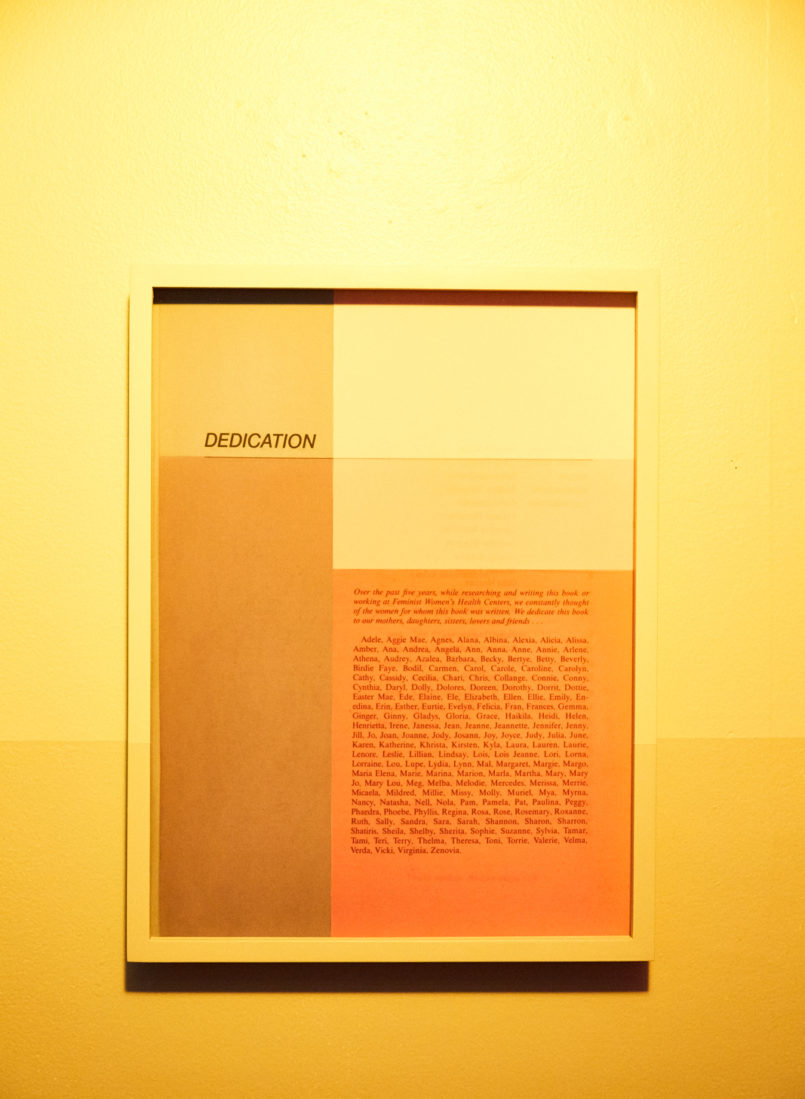
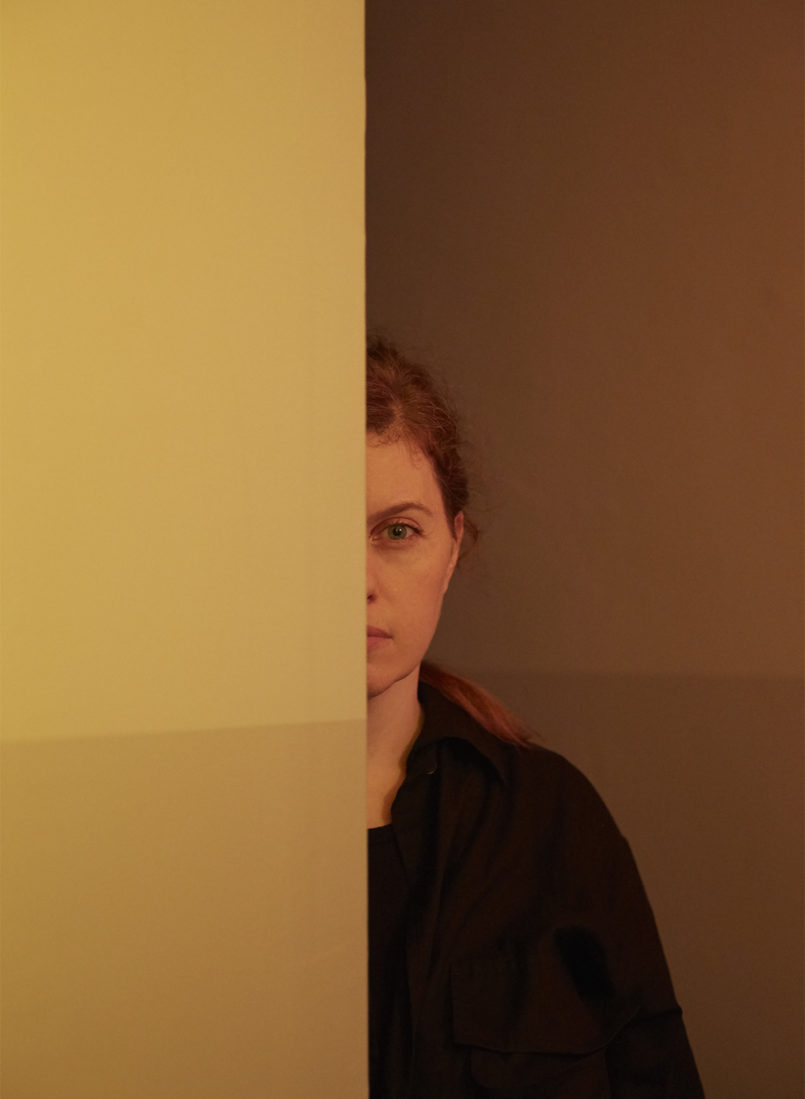
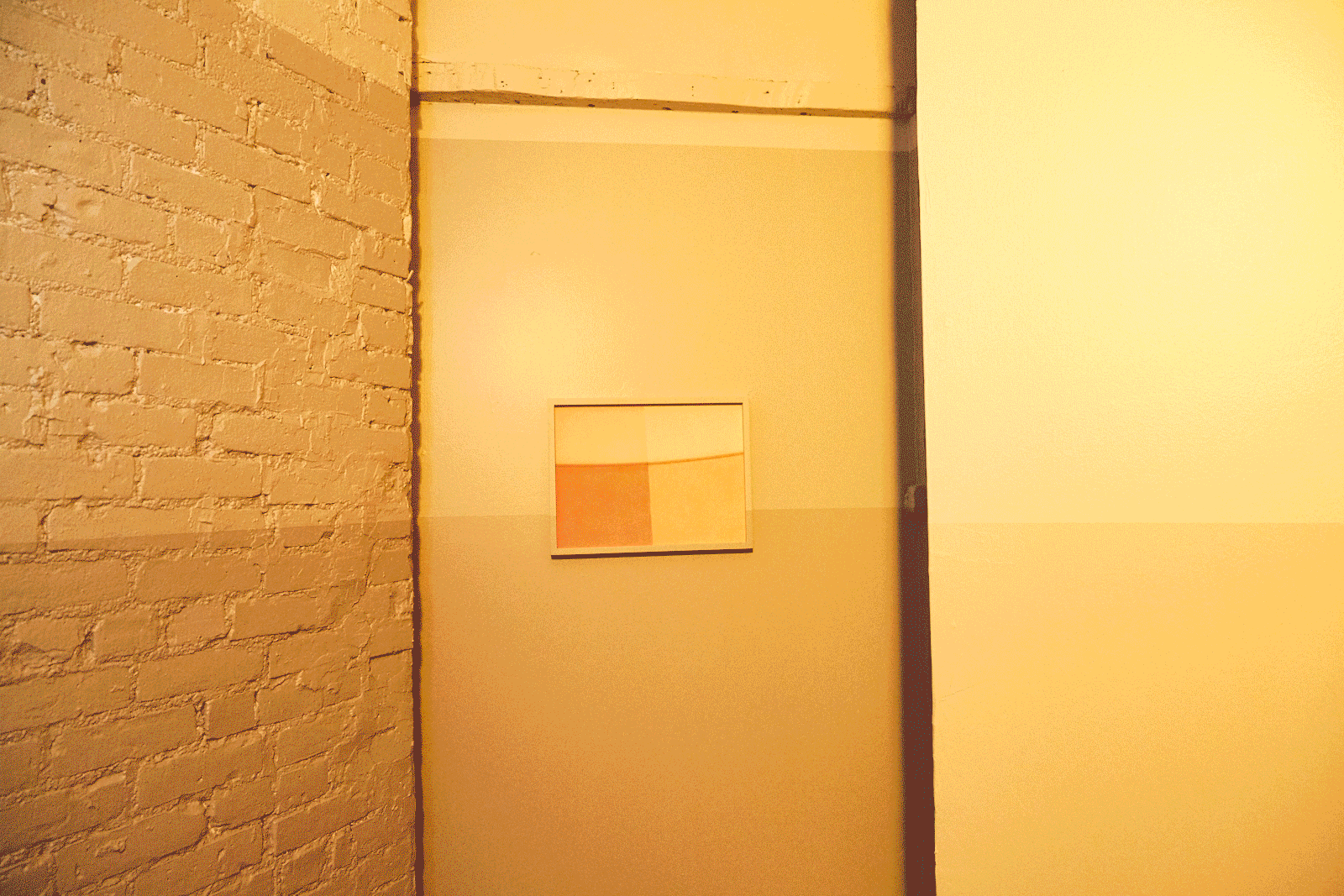
But I am not interested in idealizing that moment or material because there is also a need for revision and improvement. While looking at these materials I am thinking about what can be brought to the present and then what also should be left behind.
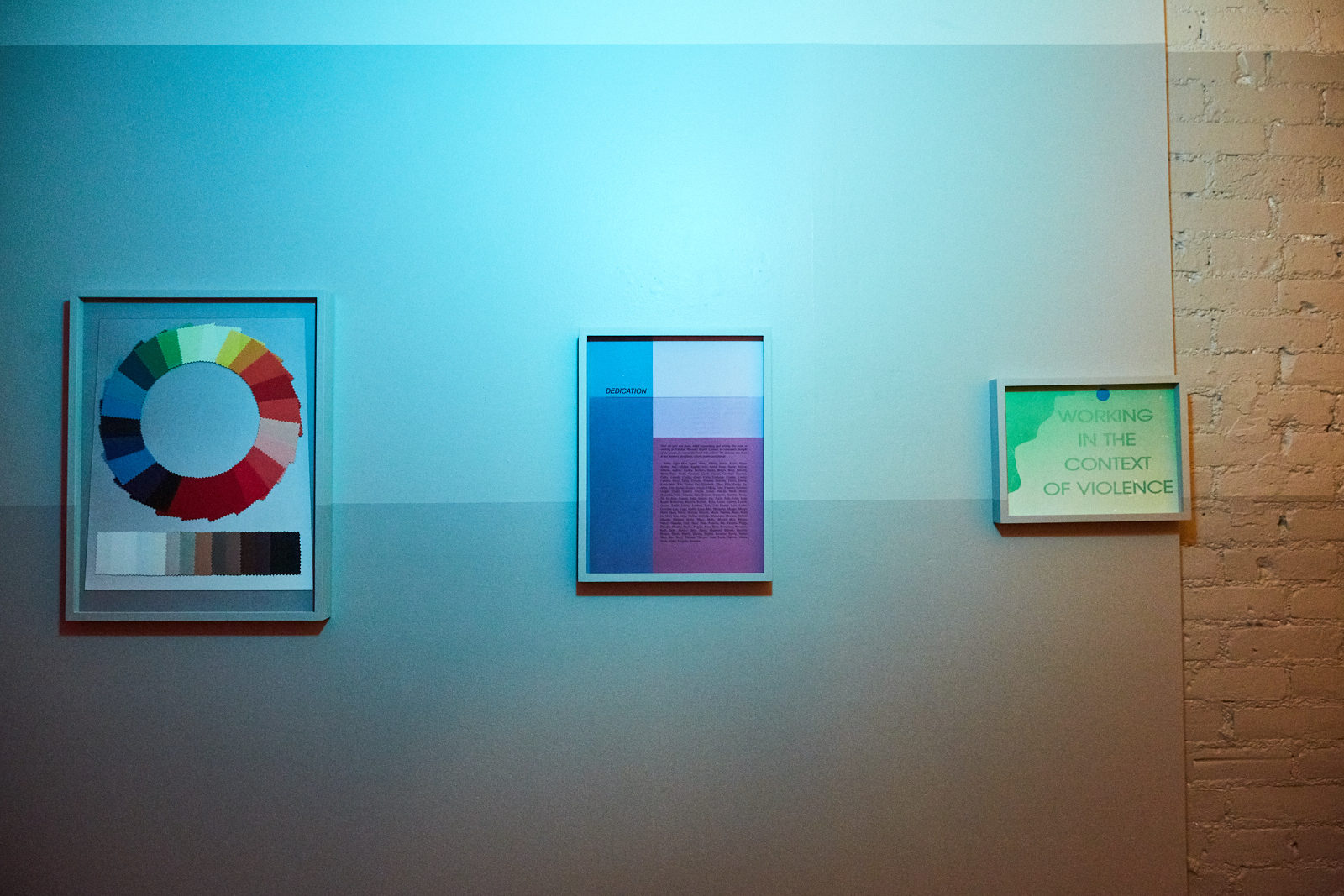
HB: Maybe, also wanting people to know that even though some things may not seem directly political when you just look at them; face value, in the beginning of an experience of any kind of art, often times an undercurrent can be experienced after your initial interaction with the work. It’s become even more clear that there are systemic issues in the world that have existed for a very long time and the clearer visibility of those issues is affecting everybody. It’s been cool to see different artists, whether it’s music or visual art trying to get their message across about political matters, and not having it be a dollar sign or Trump’s face or something like that.
I went to see Solange play a couple of times recently and some things that she does on stage are very feminist, but then they’re not directly, but if you’re anybody that thinks at all you will see it; words, definitely about being proud to be a Black American. There’s so much beauty in it because of the subtleties. Of course, if it’s somebody who deals with looking at art or listening to music in that way not just as entertainment, then you’ll notice those things and you’ll feel that you’ll really be moved by it. Sometimes you have to be under the radar to get the idea across. Because if you say it direct, then people will start saying this, that and then your message won’t be heard because it could get censored by whoever involved in your industry, it’s such a funny thing that we all have to navigate.
BA: Yes, and working with nuance can be really effective. Did you just go to the show couple days ago?
HB: Yes, I went to that one too.
BA: I heard it was really good.
HB: She’s an old friend and she didn’t follow the path of her sister, she really stuck to her guns. At that show she was talking about how she asked Sun Ra Arkestra to open for her and seeing people cringe, she was happy about it. I would be the same way. My old band Black Dice was opening for Sonic Youth and stuff and we would be that band. Everybody is just waiting.
BA: “What is this?”
HB: Yes, I get it, stuff is thrown at us. It’s fun too.
BA: But it’s good when you’re in that position to figure out who you want to have.
HB: Totally, that seems really cool because you want to open people to new things. I feel artists have a duty to start these types of conversations. I love that this can happen at a larger scale because she’s such a star now. The influence is so huge that when you see what she’s trying to do it’s so cool to see how it affects people. There’s always going to be a smaller amount of people who really get it, they get inspired and they get into something new, they’re like, “I don’t know about this kind of free jazz” or something like that, then they get drawn into that world. It’s the same as you finding John Cage.
BA: Yes, the impact can happen later. It can loop back around and you remember something and have an understanding.
HB: Yes, it’s true. Some things don’t hit you immediately, then you have that moment you almost want to call that person like, “I got it, I got that.” [laughter]
BA: It happens, for sure.
HB: I guess our last thing would just be, the people who’ll read this might not get to read the press release, how would you summarize this show?
BA: The starting point for this work was experiencing a 1939 WPA mural in San Francisco called the Prismatarium by artist, psychoanalyst and color theorist Hilaire Hiler. The mural is in a circular room at the Aquatic Park Bathhouse, which was a senior center when I first visited. Hiler’s color wheel mural covers the entire ceiling, and the walls are painted with gray bands. His idea was for the Prismatarium to be like a planetarium where you get this higher connection to color. The space originally served as a ladies’ lounge, and his proposal included some dismissive and essentialist views about women and color. It also described a light fixture that rotated through cyan, magenta, and yellow, which he considered the primary colors. Those are the printing primaries for photography, which I thought was interesting, so I designed and created a similar light fixture and then made color photographs to be viewed under those lighting conditions. In my exhibition, the walls are painted in gray bands, like the Prismatarium, and the gray extends onto the frames of the photographs. I’ve now done three shows with this approach, and each has featured a different selection of photographs, including images of various color systems used for health, healing and self-improvement, as well as photographs of the feminist health texts, plus details of the original Prismatarium mural. For the current show, I’ve focused more on the books, sometimes photographing them alongside tools from the color systems or photographic gels.
HB: Yes, that’s awesome, it must be cool to just be able to finesse it into the context it’s going to exist in the next time.
BA: Yes, my friend Young Jean Lee, is a playwright, and I’ve witnessed her process of creating a play through workshops. In theater you get to workshop a play and then you revise it, then do it again. She works with really important content, and her plays are so good, and I love seeing how they change. So for this show, I have asked, “Okay, where is it going to be shown? What’s happening right now and how do I want to make some changes?”
HB: Yes, that’s great. Oftentimes work is here just –there are traditional pieces, they are framed or even nontraditional works, they’re done, they are placed in a space to be experienced, and that’s it. They don’t change, that’s a really good point. Yes, why wouldn’t you want to make it fit better?
BA: Over the course of the three exhibitions I’ve re-photographed some of the objects in the book Radical Feminist Therapy, for example. This gesture of re-photographing has become an important part of the process.
HB: Do you have any other exhibitions coming up, or what are your plans coming up?
BA: I have some group shows coming up including the Portland Museum of Art Biennial. I was at a residency in Ireland this summer and I want to go back and look at what I started there. I have this backlog of projects and work to dig in to.
HB: Right, that’s cool, do you play music still or?
BA: I don’t, I fixed my guitar, so that is something because it was broken for a decade or so. [Laughter]
HB: That’s something.
BA: Yes. I don’t know.
HB: You don’t miss it.
BA: Not.
HB: It’s been a long time.
BA: You have continued to play music and make visual work. For me, once I started making more visual work that was where my energy went. Never say never. But I don’t think I want to go on tour and sleep on people’s floors. [Laughter]
